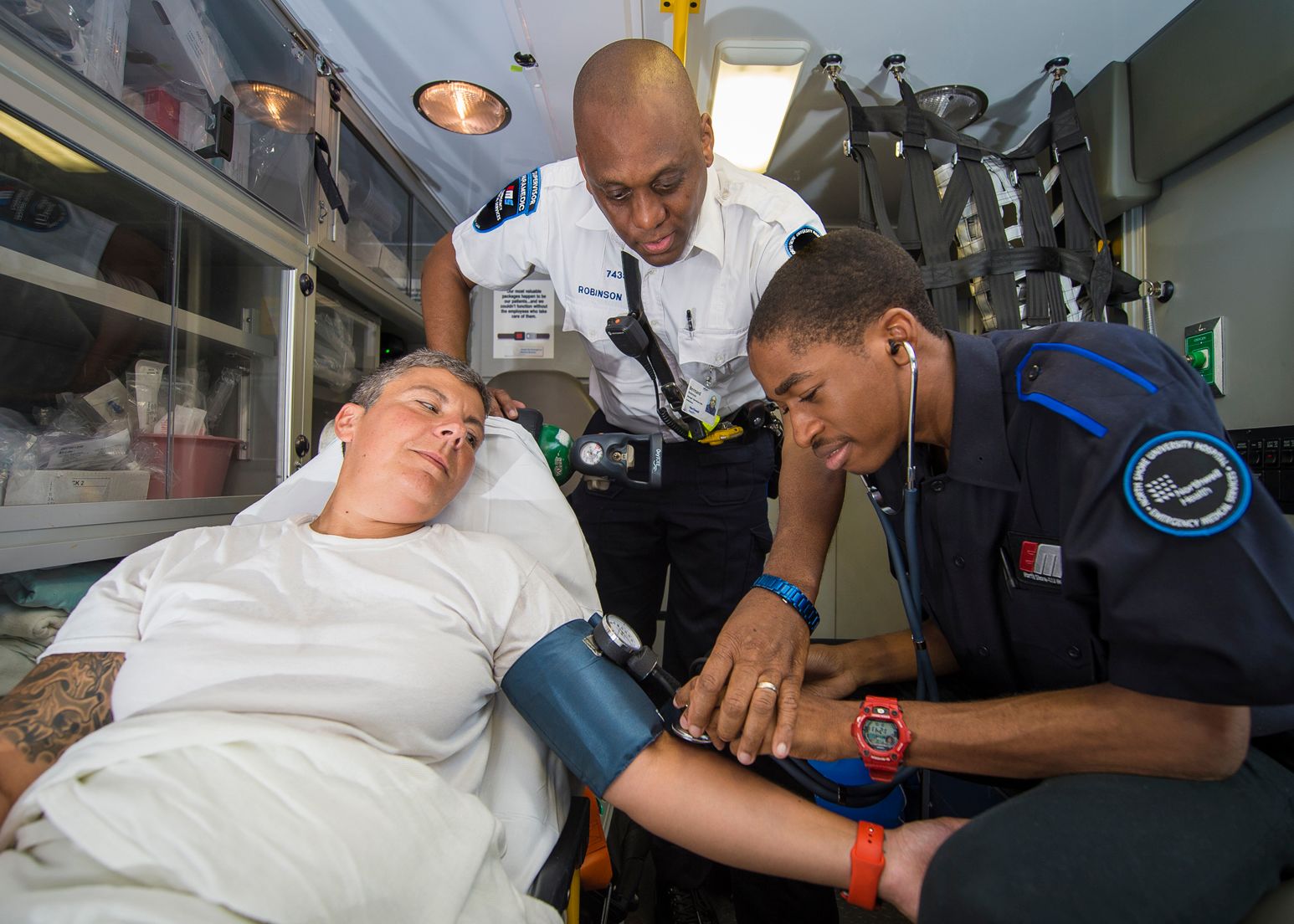Emergency medical services (EMS) is a vital profession that is a noble one, offers the opportunity to earn a living saving lives and providing crucial medical care. If you’re considering being an Emergency Medical Technician (EMT) or moving up to the esteemed job of a Paramedic then you’ll be joining a career with high chances of growth and demand for highly skilled professionals. This article will take you through the process to becoming an EMT or paramedic. We will also go over all the training options that are readily available.
Understanding the role and purpose of EMTs and Paramedics
Emergency Medical Technicians (EMTs) and paramedics are the first responders to provide medical attention immediately during emergency situations. They are specially trained to assess and manage patients and transfer them safely to medical facilities for more treatment. Paramedics, EMTs and other medical professionals play a crucial part in stabilizing patients in an emergency, making split second decisions, and offering compassion to patients that are in need of help. For more information, click Steps to become a Paramedic
Step 1: Becoming an EMT
You must complete the training and education program that may differ based on what certification level you want to attain. There are three levels to EMT certification:
1. EMT Basic (EMT B) The EMT Basic certification is an entry-level certification that is based on between 100-150 hours of education. EMTs are educated in basic medical treatment, including CPR, bleeding controls, and the basics of managing airways.
2. EMT-Intermediate (EMT-I) EMT-I is a level that requires additional training, and it varies between states. The level is able to be combined with EMT B in some states however, it could require training of 200-400 hours. It will also include the use of intravenous treatments and expanded medical skills.
3. EMT-Paramedic is the most advanced level of EMT certification. It requires intensive training lasting between 1,000 and 1,800 hours. Paramedics can perform advanced medical procedures, including the administration of medication in the form of EKGs, interpreting them and advanced airway management.
Step 2: Pursuing paramedic certification
You must complete the EMT B or EMT I level before becoming a paramedic. You’ll then be able to take paramedic courses, which typically takes anywhere from one to two year to complete. In this intensive course, you’ll be immersed in the most advanced medical subjects and acquire the skills and expertise needed to manage critical situations in a professional manner.
Check out EMT Training options:
When you’re looking for EMT training, you have various options according to the level of certification you wish to achieve. EMT training is generally offered by community colleges and medical trades schools for all certifications. The programs provide a mix of classroom instruction, hands-on training and hands-on encounters in field and clinic environments.
In addition, if you’re looking to pursue a more comprehensive and complete EMT course that leads to a degree, colleges and colleges may offer EMT education at the EMT-Paramedic level. These programs will provide you with an knowledge of emergency services, and an expanded perspective on medical decision-making.
Step 4: Ensure DSHS approved EMS training:
If you’re interested in becoming an EMT or paramedic, it’s essential that the training program that you select be DSHS-approved. The Department of State Health Services also known as DSHS accepts EMS Training Courses in order to guarantee an excellent training. Participating in a DSHS approved EMS training will ensure that you receive only the best education and that you meet the requirements for certification.
An occupation in the field of EMT or paramedic could be extremely rewarding and well-respected. As first emergency responders, EMTs and paramedics play a crucial role in saving lives and providing immediate medical care in emergency situations. To embark on this lifesaving endeavor, EMTs and Paramedics are required to complete educational and training courses. The applicants can choose from a wide range of EMT programs, based on the certification level they wish to obtain. They include community colleges, medical schools and university courses.
As well as assessing the many training options available and options, it is important to ensure that your chosen EMS training program is DSHS certified. In this way you’ll be sure that you’re receiving a high-quality training that is in line with the standards to obtain EMT as well as paramedic certificates.
As the demand for skilled emergency medical professionals is on the rise as the demand for emergency medical professionals continues to increase, joining the field of EMS provides a wealth of job opportunities as well as the chance to make an immense impact on lives of those around you. If you are an EMT Basic or want to become a paramedic, your dedication to critical healthcare will be rewarded with an enriching and meaningful job in emergency medical services.

